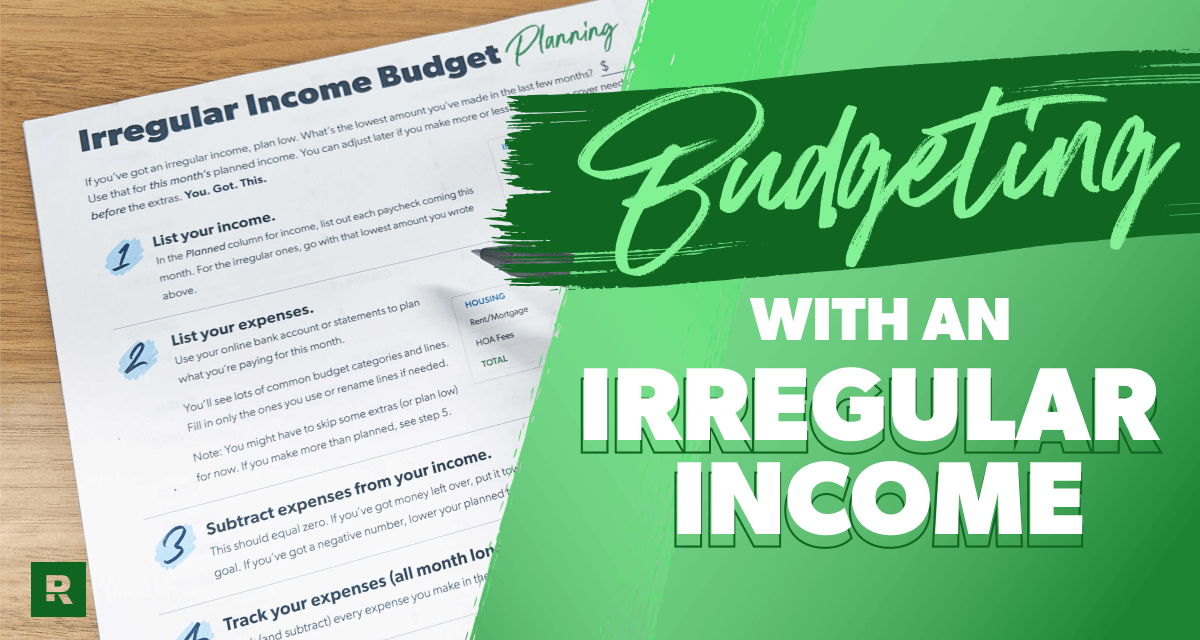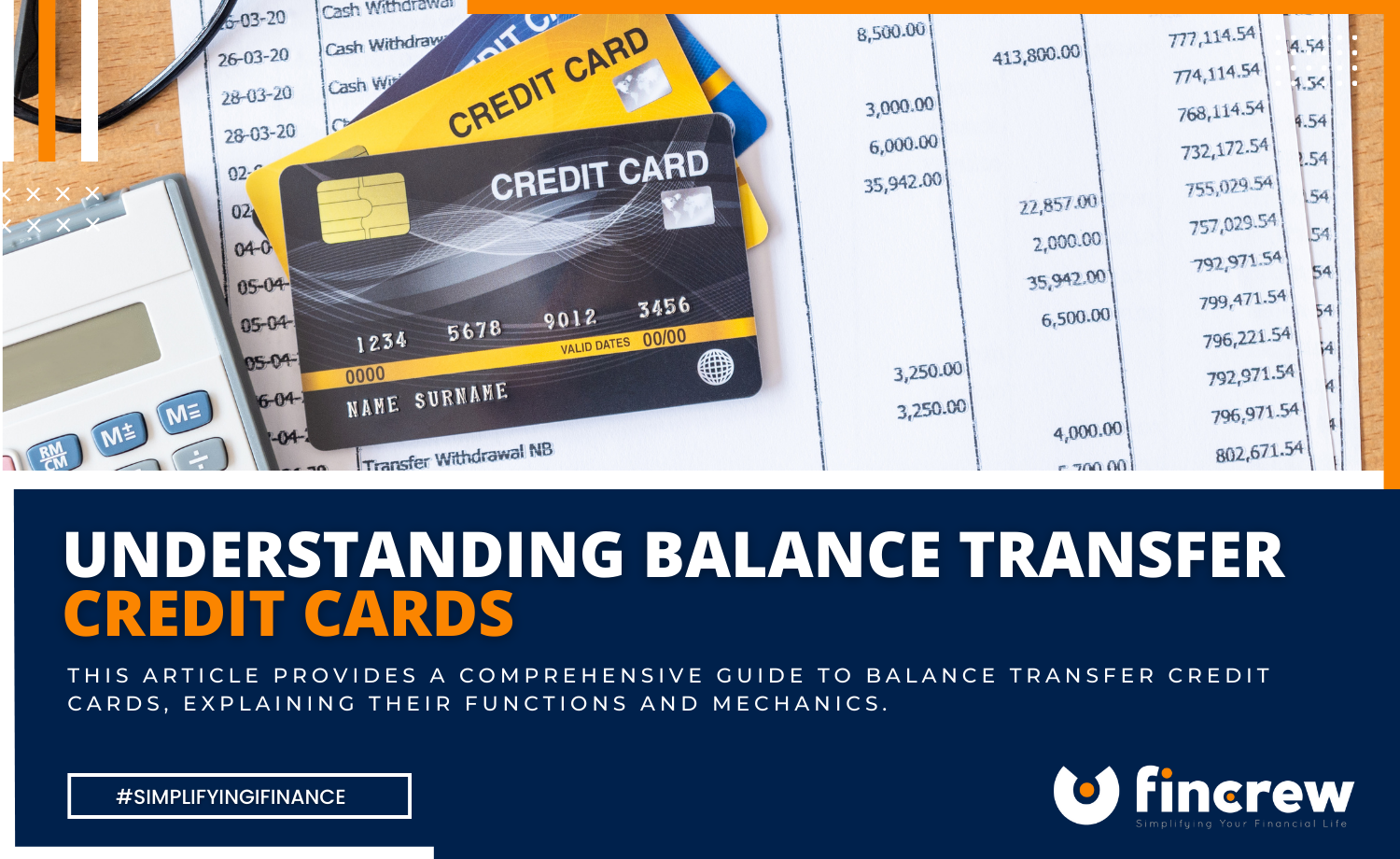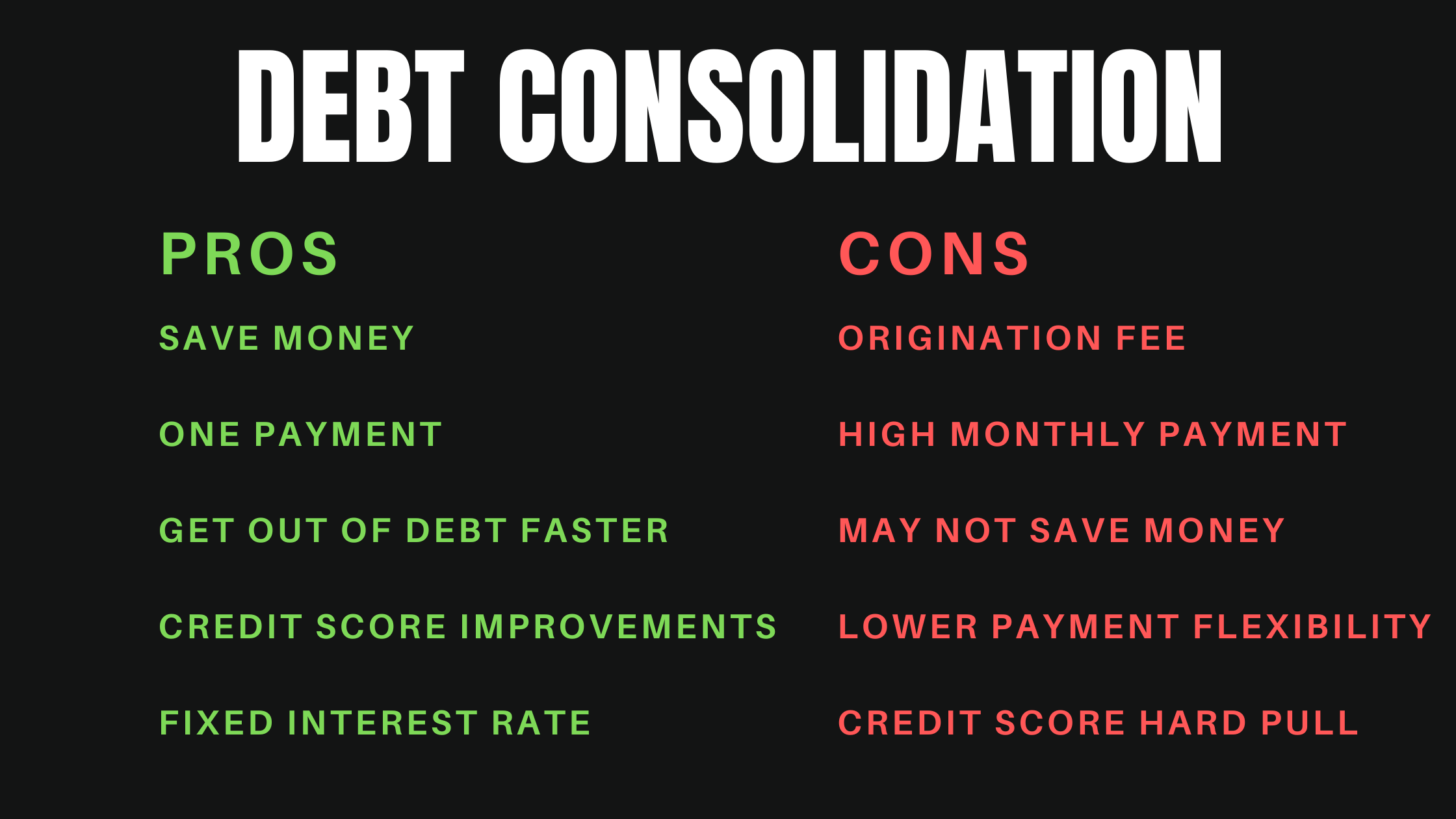
Budgeting for Irregular Income: A Practical Guide to Financial Stability
If your income looks more like a rollercoaster than a steady stream, you’re not alone. Millions of people, from freelancers and gig workers to commission-based sales professionals and seasonal employees, navigate the unique challenges of irregular income. The good news? While it requires a slightly different approach, budgeting for unpredictable earnings is not only possible but essential for achieving financial peace of mind.
This comprehensive guide will break down practical strategies, tips, and tools to help you take control of your finances, build stability, and thrive despite income fluctuations.
What is Irregular Income?
Irregular income, also known as variable or fluctuating income, refers to earnings that are not consistent from one pay period to the next. This can be due to:
- Freelance or Gig Work: Income depends on client projects, hours worked, or number of gigs.
- Commission-Based Sales: Earnings are tied to sales performance.
- Seasonal Employment: Income peaks during certain times of the year (e.g., tourism, retail holidays).
- Small Business Owners: Profits can vary widely based on sales and expenses.
- Tips-Based Professions: Daily earnings fluctuate based on customer volume and generosity.
The core challenge with irregular income is the uncertainty, which can make traditional budgeting methods feel rigid and frustrating.
Why Budgeting is Crucial for Irregular Income (Even More So!)
You might think budgeting is only for those with a steady paycheck. The truth is, it’s even more vital when your income fluctuates. Here’s why:
- Reduces Financial Stress: Knowing where your money is going, even if the amount coming in varies, provides a sense of control and reduces anxiety.
- Prevents Overspending: It helps you avoid spending money you might need for essential bills later in a lean month.
- Builds a Financial Buffer: It allows you to save during high-income months to cover expenses during low-income periods.
- Enables Goal Achievement: Whether it’s saving for a down payment, paying off debt, or taking a vacation, budgeting helps you allocate funds towards your goals.
- Prepares for Emergencies: A well-managed budget ensures you have an emergency fund for unexpected costs.
- Provides Clarity: It gives you a clear picture of your true financial standing, helping you make informed decisions.
The Foundation: Understanding Your Income and Expenses
Before you can build a stable budget, you need to understand your unique financial landscape.
1. Track Your Income (The "Average" Approach)
This is perhaps the most crucial step for irregular income earners. You need to get a realistic picture of what you typically earn.
- Look Back: Gather all your income records for the past 6-12 months (or even longer if your work is highly seasonal).
- Calculate Your Average: Sum up all your income for that period and divide by the number of months. This average is your baseline.
- Example: If you earned $3,000, $2,000, $4,500, $2,500, $3,500, and $3,000 over six months, your total is $18,500. Your average monthly income is $18,500 / 6 = $3,083.
- Identify High & Low Months: Note your highest and lowest earning months. This helps you understand the full range of your income fluctuations.
- Estimate Conservatively: When planning your budget for the upcoming month, it’s often wise to base it on a slightly lower than average income, or even your lowest income month. Any extra is a bonus!
2. Track Your Expenses (Fixed vs. Variable)
Now, turn your attention to where your money goes.
- Fixed Expenses: These are costs that generally stay the same each month.
- Rent/Mortgage
- Loan Payments (car, student, personal)
- Insurance Premiums
- Subscription Services (Netflix, gym membership)
- Variable Expenses: These costs fluctuate based on your usage or choices.
- Groceries
- Utilities (electricity, gas, water)
- Transportation (gas, public transport)
- Dining Out/Entertainment
- Clothing
- Personal Care
Action Step: Go through your bank statements and credit card bills for the past few months. Categorize every expense. This will give you a clear picture of your essential living costs and where you have flexibility.
Core Strategies for Budgeting with Irregular Income
Once you have a clear picture of your income and expenses, you can implement these powerful strategies.
1. The "Income Smoothing" Method (The Buffer Fund)
This is the golden rule for irregular income. The goal is to pay yourself a consistent "salary" each month, regardless of what you actually earned.
- How it Works: You build up a dedicated savings account (your "buffer fund") that holds 1-3 months’ worth of your average living expenses. When you have a high-income month, you funnel the excess into this fund. When you have a low-income month, you draw from it to supplement your income and meet your consistent "salary" payment.
- Building the Buffer:
- Start small: Aim for one month of essential expenses first.
- Prioritize: Make building this buffer a top financial goal.
- Automate: Set up automatic transfers from your checking to your buffer fund whenever you receive a payment.
- Benefits:
- Predictability: You know exactly how much you have to spend each month.
- Reduced Stress: No more panicking about low-income months.
- Consistency: Helps you stick to your budget and avoid lifestyle creep during high-income periods.
2. Prioritize and Tier Your Expenses
Not all expenses are created equal. Categorize them by importance.
- Tier 1: Non-Negotiable Essentials (Survival)
- Rent/Mortgage
- Utilities (basic)
- Groceries (basic needs)
- Minimum Loan Payments
- Basic Transportation
- Health Insurance
- Action: These must always be covered. Your budget should always prioritize these first.
- Tier 2: Important, but Flexible (Quality of Life)
- Internet/Phone Bill (higher tier)
- Some Transportation (e.g., car maintenance, tolls)
- Saving for specific goals (not emergency fund)
- Some Discretionary Spending (e.g., occasional dining out)
- Action: These are the first to be cut back on during a low-income month.
- Tier 3: Discretionary/Wants (Luxuries/Extras)
- Entertainment
- Vacations
- New Gadgets/Clothing (beyond basic needs)
- Eating out frequently
- Expensive Hobbies
- Action: These are completely cut during lean months and enjoyed only when income is abundant or your buffer fund is robust.
Practical Application: In a high-income month, you might fund all three tiers generously. In a low-income month, you might only cover Tier 1 and perhaps a very minimal amount of Tier 2, drawing from your buffer fund as needed.
3. The "Zero-Based" Approach (Monthly Recalibration)
While your average income provides a baseline, a zero-based budget is incredibly powerful for irregular income.
- How it Works: At the beginning of each month, you assign every dollar you expect to receive (or draw from your buffer) a specific job. This means your income minus your expenses, savings, and debt payments should equal zero.
- Flexibility is Key: This method forces you to confront your actual income for the month and adjust your spending plan accordingly. If you earn less, you reduce discretionary spending. If you earn more, you allocate the surplus (to savings, debt, or future expenses).
- Example:
- Month 1 (High Income): You earn $4,000. You allocate $2,500 for fixed expenses, $500 for variable expenses, $500 to your buffer fund, and $500 towards a debt payment. ($4000 – $2500 – $500 – $500 – $500 = $0)
- Month 2 (Low Income): You earn $1,500. You draw $1,000 from your buffer fund to reach your "target" income of $2,500. You then allocate $2,000 for fixed expenses, $300 for basic variable expenses, and $200 for your buffer fund (rebuilding it). ($2500 – $2000 – $300 – $200 = $0)
4. Embrace the Emergency Fund (and Beyond)
An emergency fund is vital for everyone, but for those with irregular income, it’s non-negotiable.
- Traditional Emergency Fund: Aim for 3-6 months of essential living expenses. This is for true emergencies like medical bills or unexpected car repairs.
- The "Income Gap" Fund: This is distinct from your buffer fund. While the buffer smooths out month-to-month fluctuations, the income gap fund is a larger safety net for extended periods of low or no income (e.g., a major client drying up, a long off-season). Aim for an additional 3-6 months of expenses here.
5. Automate What You Can
Even with irregular income, automation can be your best friend.
- Automate Fixed Bills: Set up automatic payments for your rent/mortgage, loan payments, and insurance from your main checking account.
- Automate Savings: As soon as you receive a payment, set up an automatic transfer to your buffer fund, emergency fund, or other savings goals. Even small, consistent transfers add up.
- Separate Accounts: Consider having:
- A main checking account for all income.
- A separate checking account from which all your bills are paid (transfer your "salary" to this account).
- Dedicated savings accounts for your buffer, emergency fund, and other goals. This compartmentalization makes it easier to see what money is for what purpose.
Practical Tips & Tools for Success
- Review Regularly: Your budget is a living document. Review it weekly or bi-weekly. What worked? What didn’t? Adjust as needed.
- Use Budgeting Tools:
- Spreadsheets: Simple, customizable, and free (Google Sheets, Excel).
- Budgeting Apps: Many apps are designed for irregular income. Look for features like "income forecasting," "goal tracking," and easy expense categorization (e.g., YNAB – You Need A Budget, EveryDollar, Mint, Simplifi).
- Physical Notebook: If you prefer pen and paper, a simple notebook can work wonders.
- Overestimate Expenses, Underestimate Income: When planning, assume your costs will be a little higher and your income a little lower than expected. This creates a built-in buffer.
- Plan for Quarterly/Annual Expenses: Don’t forget about expenses that don’t come every month (e.g., car registration, annual software subscriptions, holiday gifts, tax payments). Divide these by 12 and set aside that amount monthly into a separate savings bucket.
- Be Patient and Persistent: It takes time to find the rhythm that works for you. Don’t get discouraged by setbacks. Every month is a new opportunity to refine your system.
- Celebrate Small Wins: Acknowledge your progress. Did you stick to your grocery budget? Did you contribute to your buffer fund? Celebrate it!
- Look for Income Stabilization Opportunities: Can you diversify your income streams? Can you secure retainer clients? Even small steps towards more predictable income can make a big difference.
Overcoming Common Challenges
- Lack of Motivation: Remind yourself of your financial goals and the peace of mind that comes with control.
- Unexpected High-Income Months: Avoid "phantom income." Don’t spend money until it’s actually in your bank account. Use windfalls to boost your buffer, pay down debt, or save for long-term goals.
- Unexpected Low-Income Months: Don’t panic. This is precisely what your buffer fund is for. Review your tiered expenses and cut back on non-essentials.
- Perfectionism: Your budget doesn’t have to be perfect. The goal is progress, not perfection. If you go over budget in one area, adjust elsewhere.
Conclusion
Budgeting for irregular income might seem daunting at first, but with a practical approach and consistent effort, you can transform financial uncertainty into stability. By understanding your income patterns, prioritizing your expenses, building a robust buffer, and consistently reviewing your plan, you’ll gain confidence, reduce stress, and pave the way for a secure financial future.
Start small, be kind to yourself, and remember that every step you take towards a more organized financial life is a step towards greater freedom and peace of mind. Your financial stability is within reach – start building your personalized budget today!




Post Comment